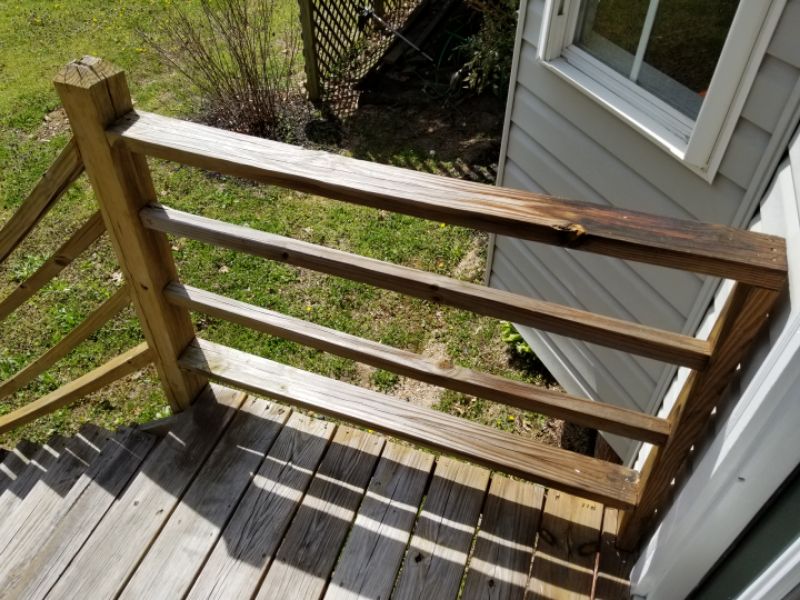Stoops have implications for safety, water control, and can affect the home. They must be inspected both at a distance and in detail. Inspect stoops from a distance to determine if they are level, or if there are signs of settlement. This should be done from the front and sides. There should not be any rearward slope that would cause water to drain towards the home. A very slight rear-to-front slope is desirable to allow for drainage. Stoops should not be pulling away significantly from the structure. Any gaps at the junction to the house should be sealed or flashed against water penetration. Any signs of undermining by uncontrolled run-off should be reported.
Inspect up close, looking for any signs of deterioration. Stoops should be solid underfoot with no signs of movement or instability, or floor deck deterioration. Junctions at dissimilar materials, e.g. on a Brick and Concrete stoop, should be well-sealed against water penetration. Framed stoops should have a properly-installed and intact flashing at the home.
The mortar joints are deteriorated. This permits water penetration into the structure and will lead to further damage. Repair the mortar joints.

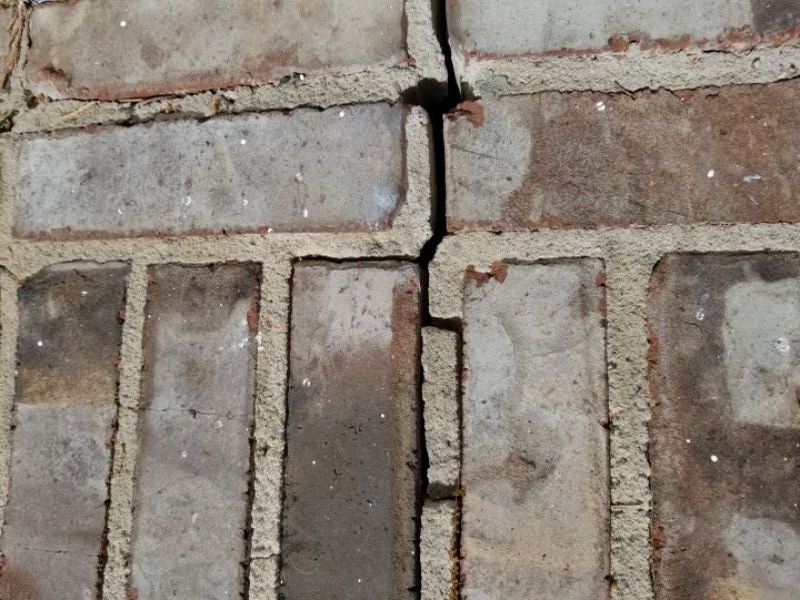
The stoop is cracked. This permits water penetration into the structure and will lead to further damage. Repair and seal any gaps to prevent moisture intrusion.
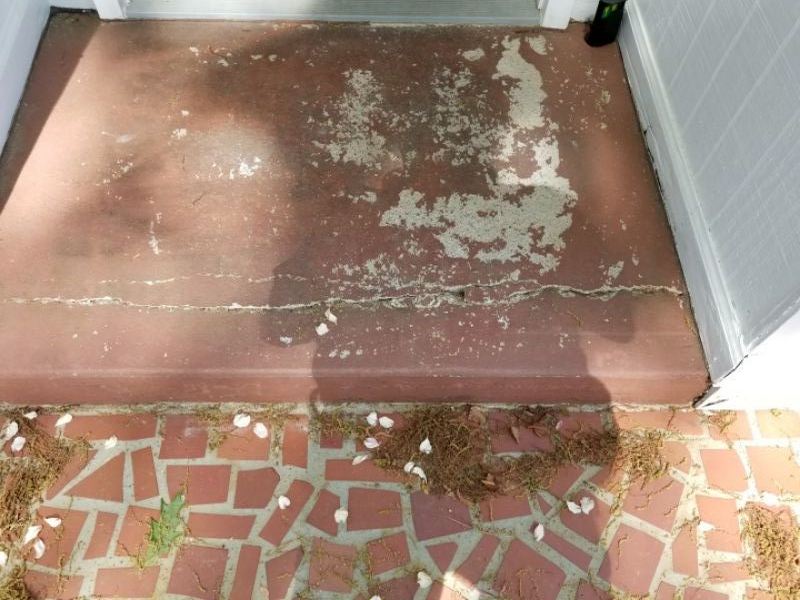
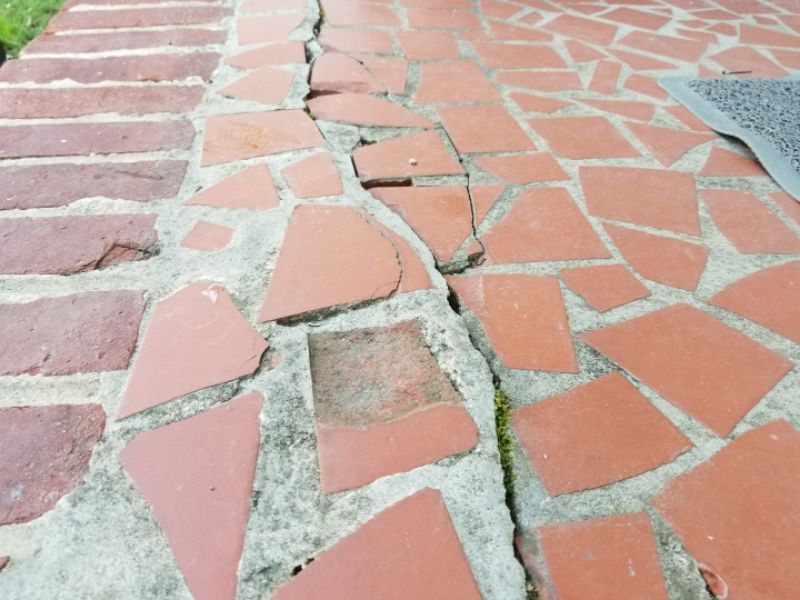
Portions of the stoop are undermined. This will lead to further erosion of the soil, and may cause settlement or failure of the stoop. Repair and stabilize the stoop to prevent further settlement. Repair and seal any gaps to prevent moisture intrusion.
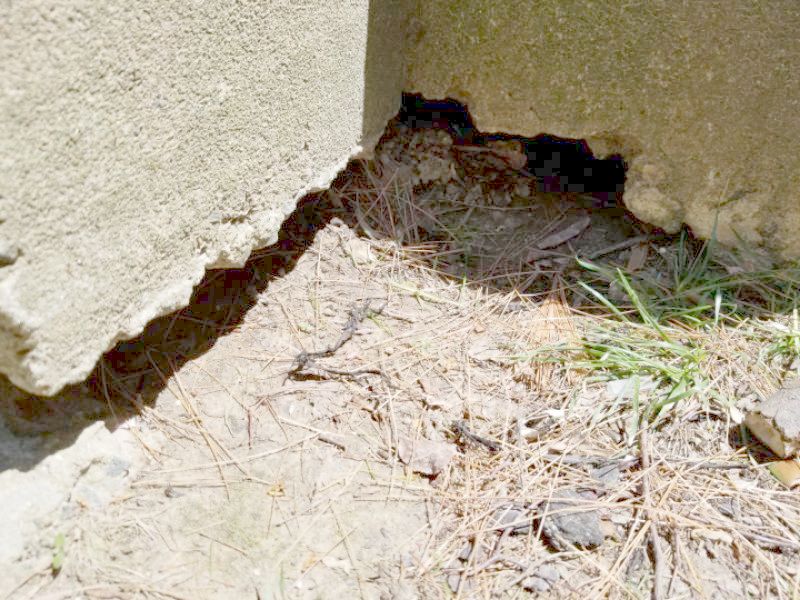
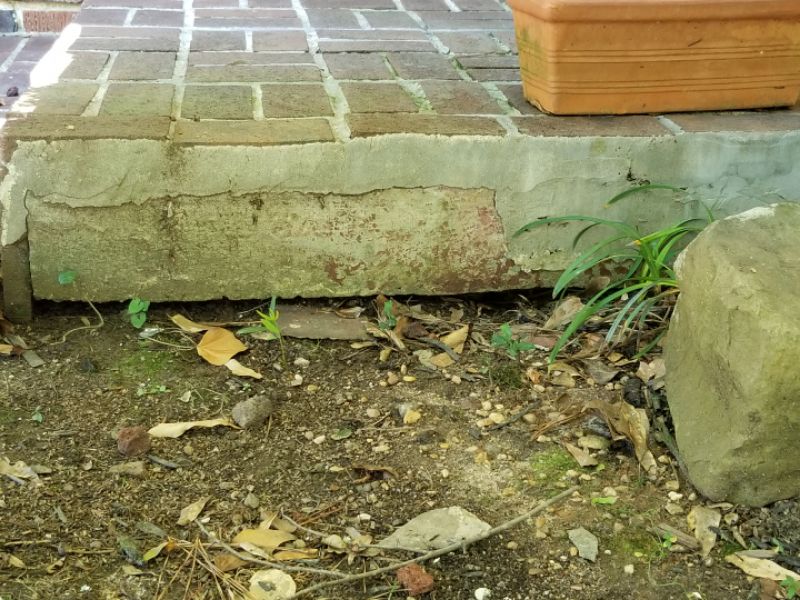
The stoop is settled. A gap has formed between the stoop and the building. This permits water penetration into the structure and will lead to further damage. Repair and stabilize the stoop to prevent further settlement. Repair and seal any gaps to prevent moisture intrusion.
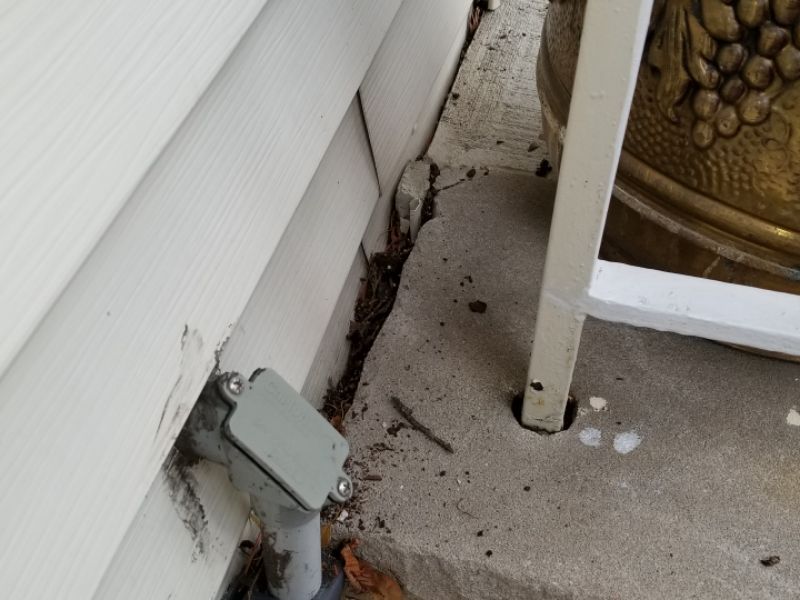
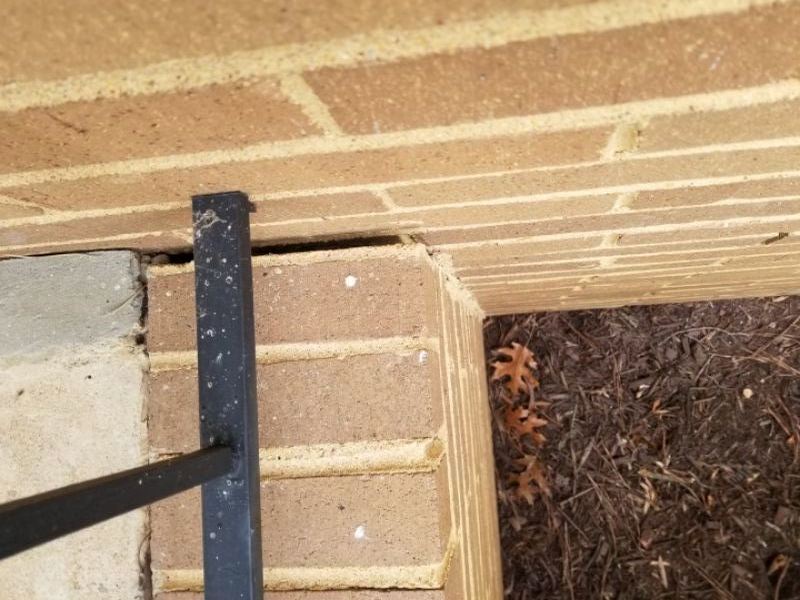
The stoop is settled and is sloping towards the house. This permits water penetration into the structure and will lead to further damage. Repair and stabilize the stoop to prevent further settlement. Repair and seal any gaps to prevent moisture intrusion.
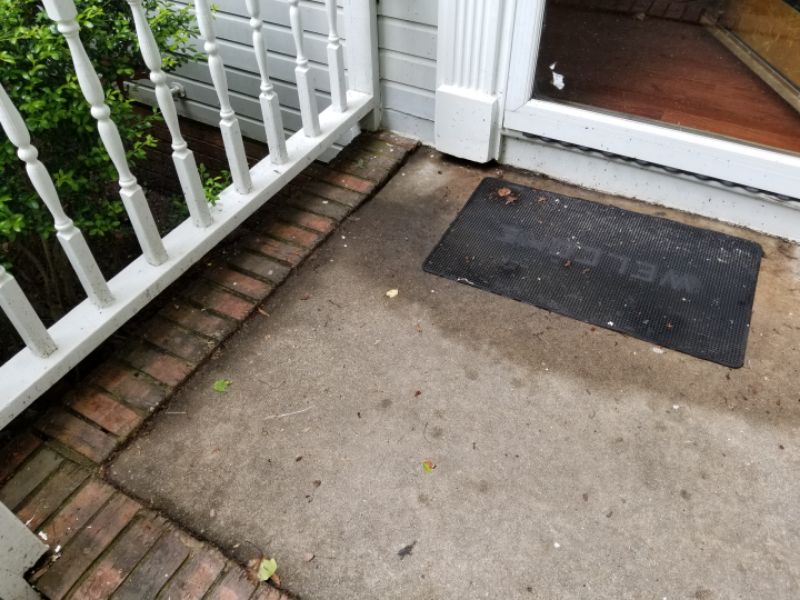
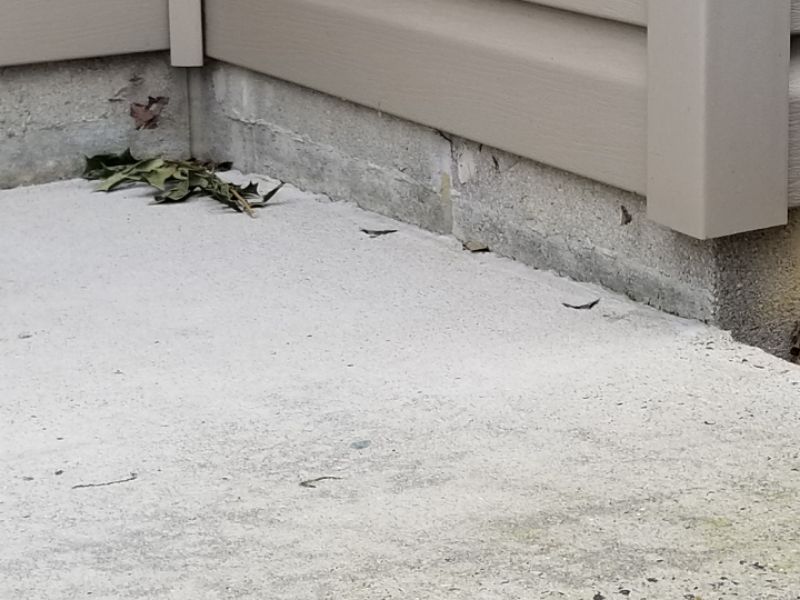
There is excessive settlement at the stoop. This is a safety issue and a potential water penetration concern. It implies inadequate support. The inspector can’t determine if the movement is ongoing. Repair and stabilize the stoop to prevent further settlement. Repair and seal any gaps to prevent moisture intrusion.
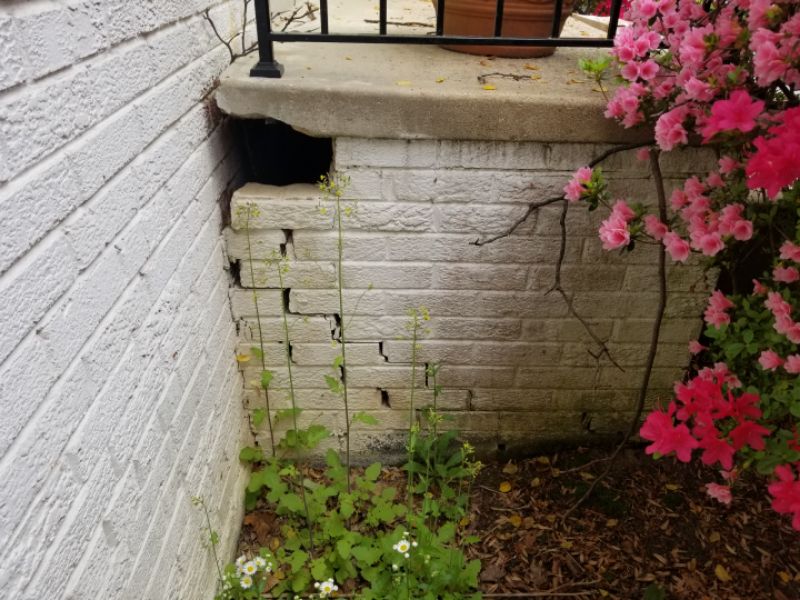
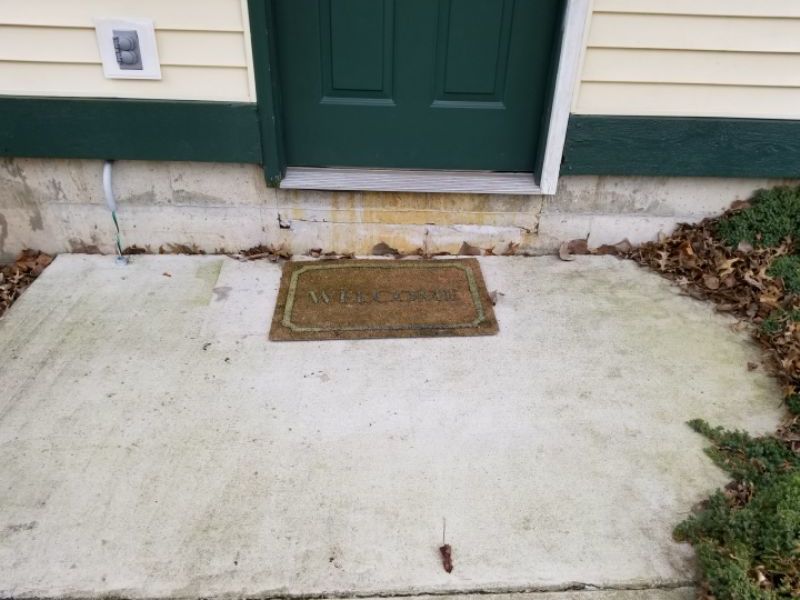
The stoop is deteriorated. This permits water penetration into the structure and will lead to further damage. Replace the stoop.
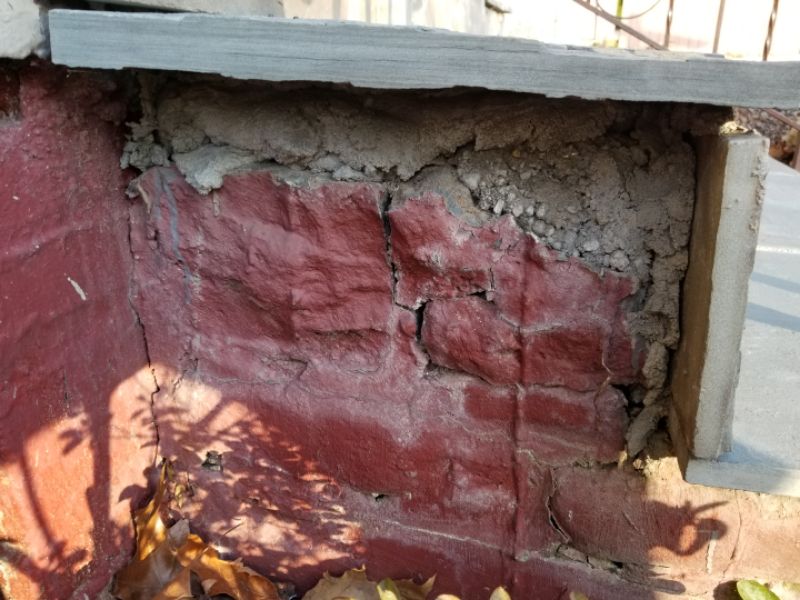
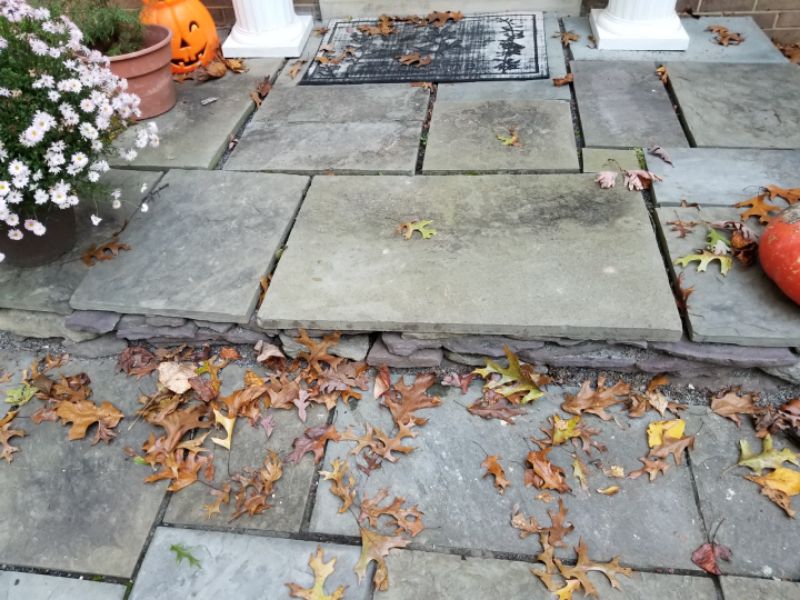
The stoop is settled and is sloping towards the house. This permits water penetration into the structure and will lead to further damage. Repair and stabilize the stoop to prevent further settlement. Repair and seal any gaps to prevent moisture intrusion.
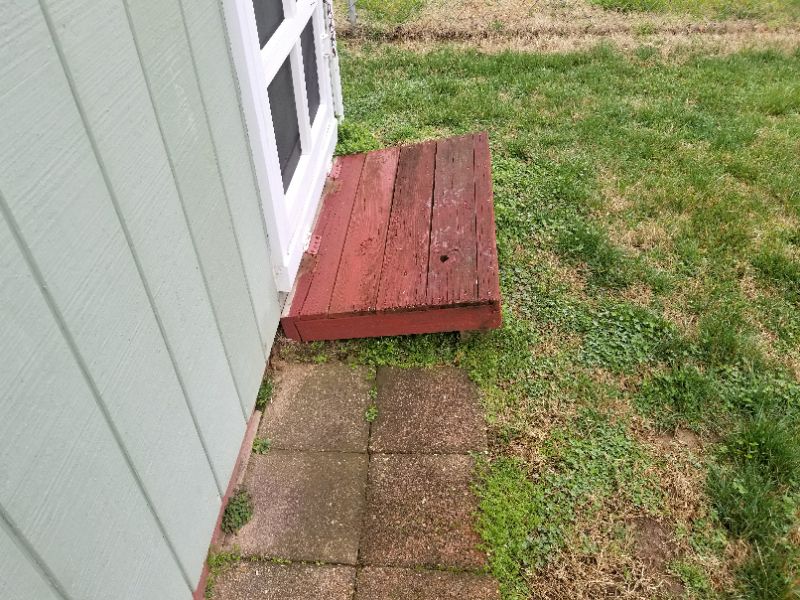
The stoop is not properly secured to the house. This is a safety issue. Hire a contractor for repairs as needed.
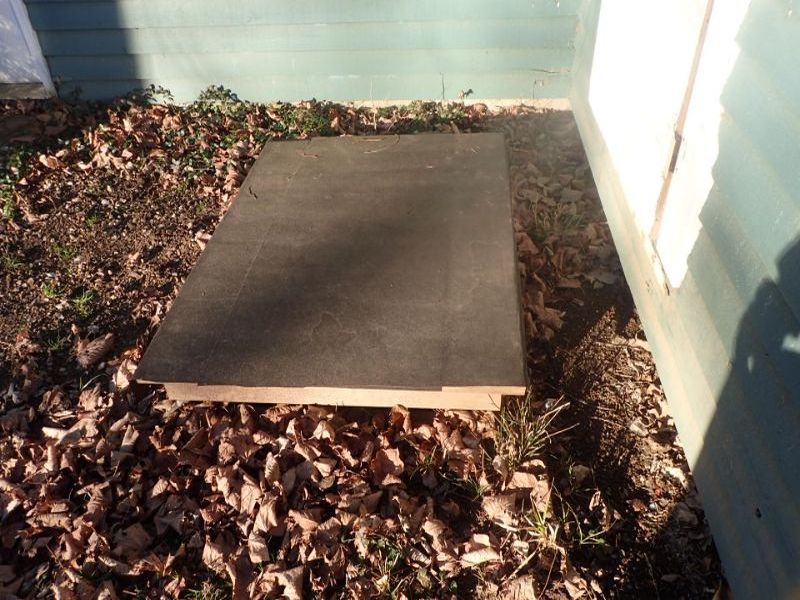
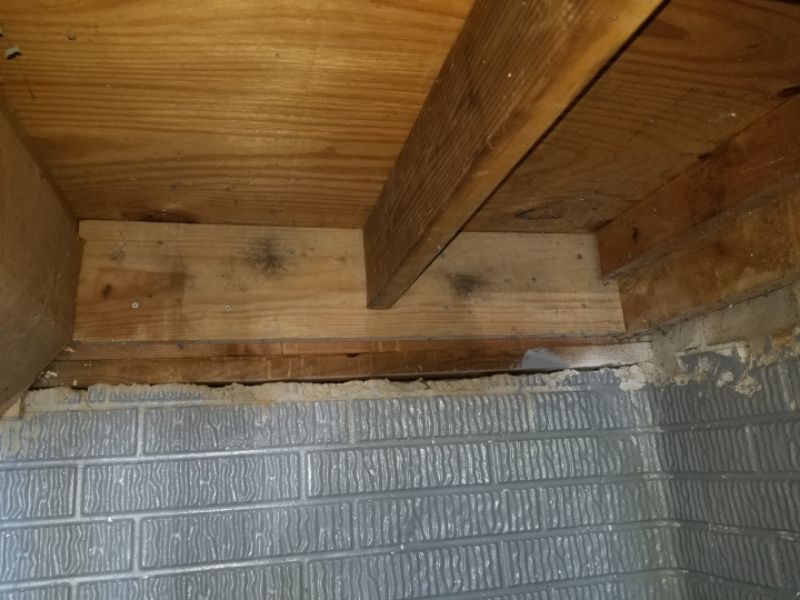
Flashing is missing at the stoop ledger attachment. This can allow water behind the cladding system. Install flashing as needed.
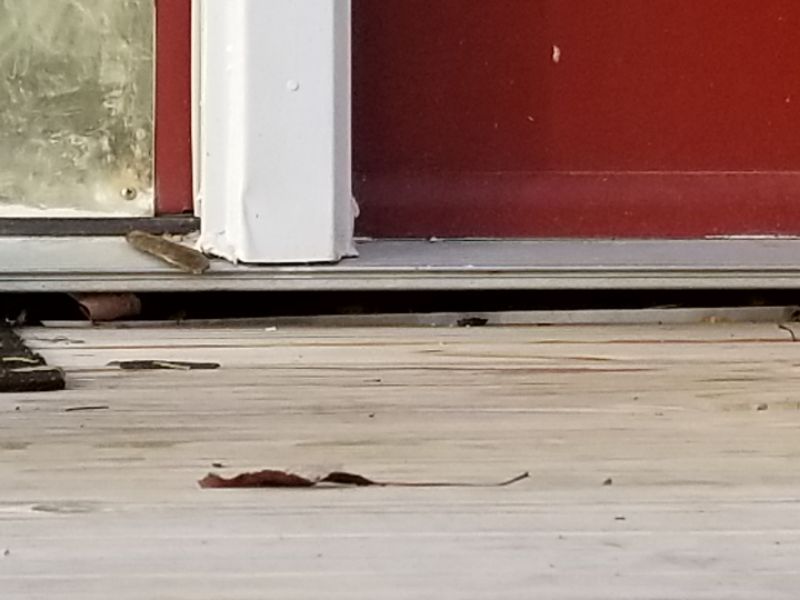
The hanger hardware at the stoop is deteriorated. This is a safety hazard that can allow a failure. Replace the hardware.
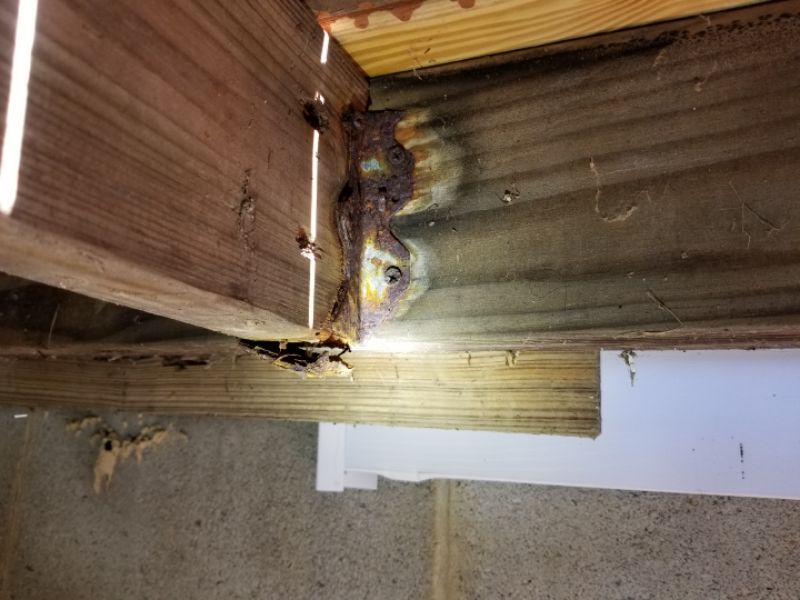
The stoop is deteriorated. This is a safety hazard, and can permit water penetration into the structure and further damage. Replace the stoop.
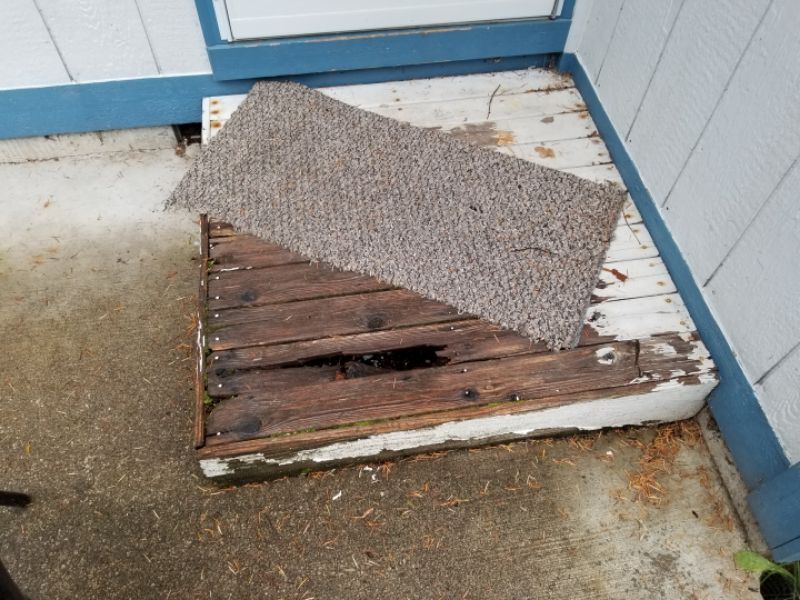
The stoop is corroded. This can allow further damage and affect the stoop’s stability and safety. Hire a contractor for repairs as needed.
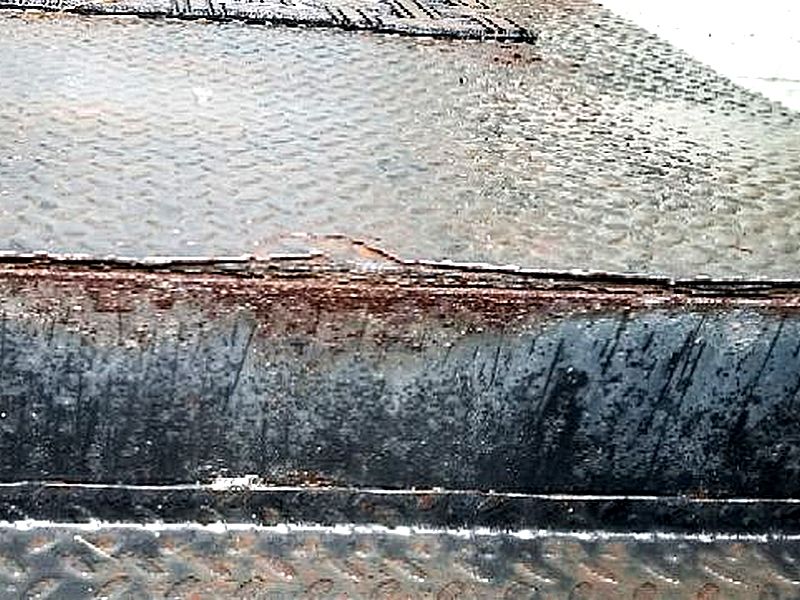
The stoop’s composite boards are deteriorated. Some composite materials are subject to a recall due to premature failure. Hire a contractor to evaluate the stoop and provide repairs or replacements as needed.
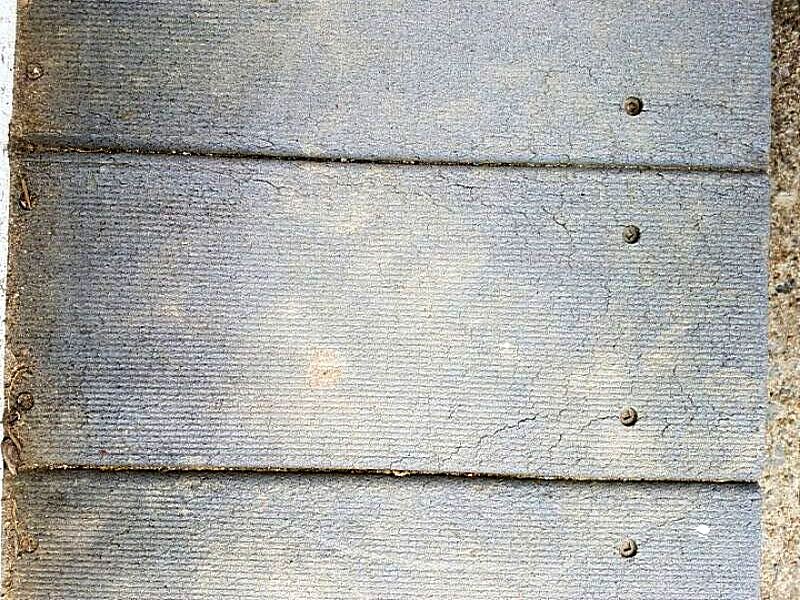
Stoops that are 30” or more above grade should have a guardrail installed. Note that older codes called for a guardrail when the stoop is 36” above grade. Inspect guardrails for deterioration. They should be secure, stable, and provide good support without movement. Rails should be 34” – 38” high above the stoop surface. The openings between balusters should be no more than 4”. All balusters should be present and intact. Guardrails with climbable horizontal balusters should be reported.
The guardrail is missing. This is a safety hazard. Replace the guardrail.
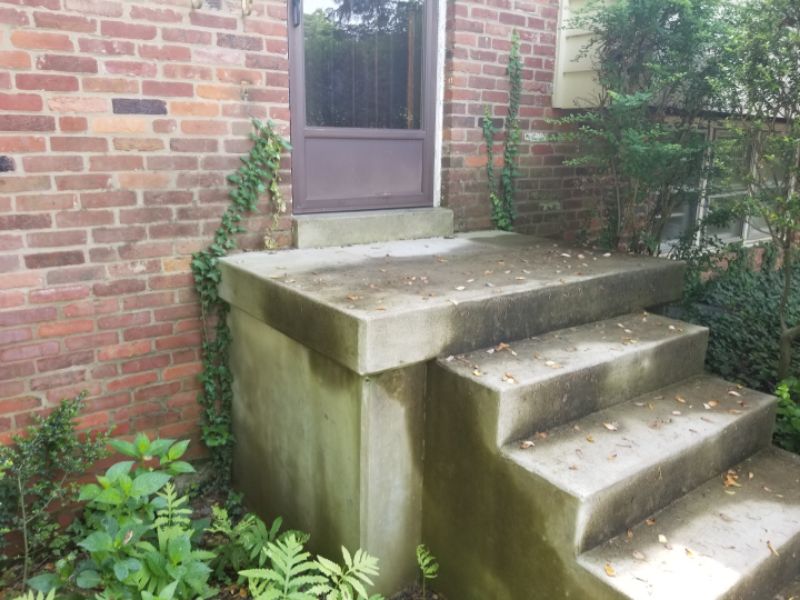

The guardrail is loose. This is a safety hazard. Repair or replace the guardrail.
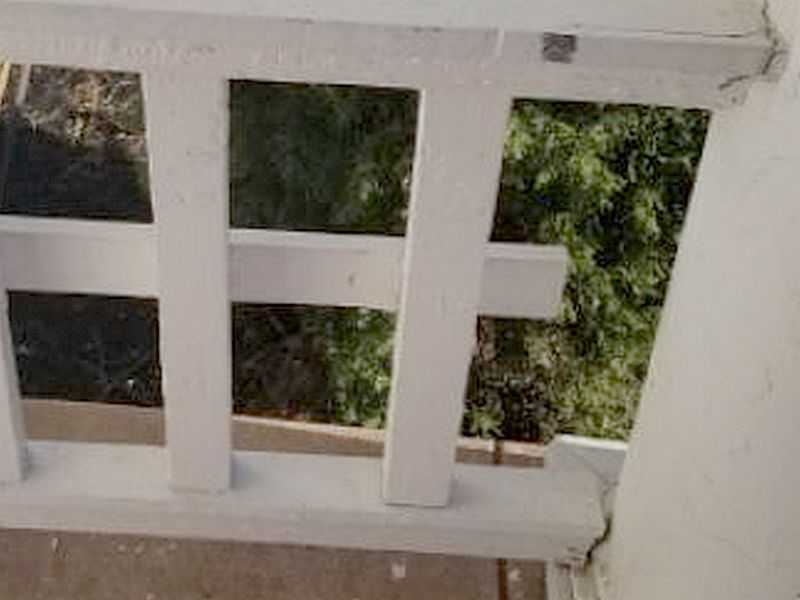
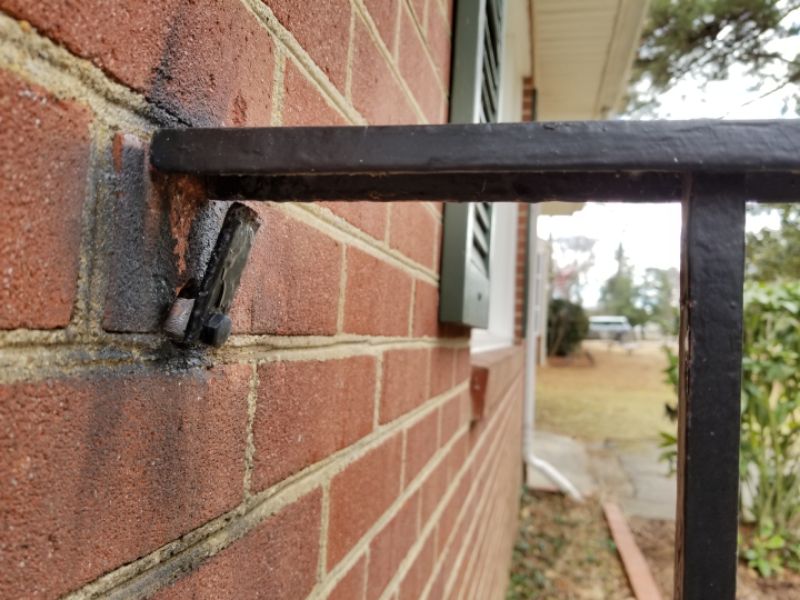
The guardrail is damaged or deteriorated. This is a safety hazard. Repair or replace the guardrail.
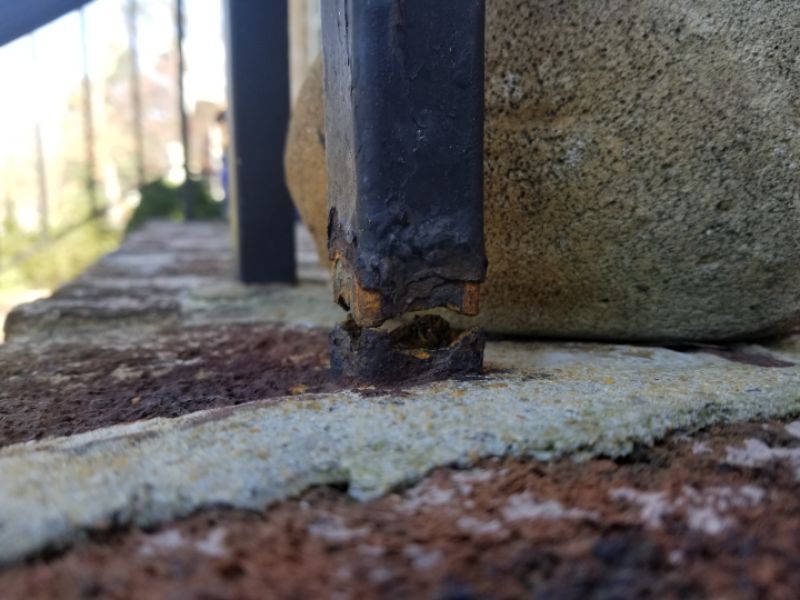
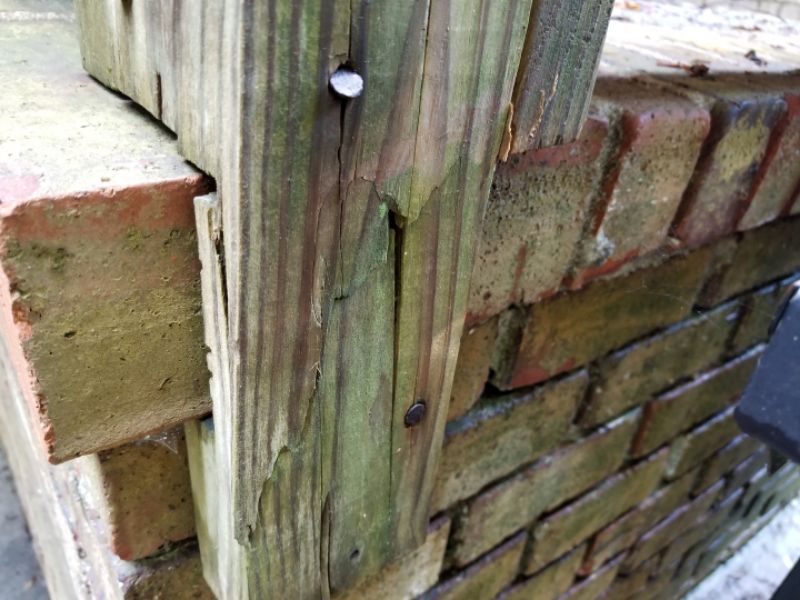
The guardrail is too low. This is a safety hazard. Guardrails should be at least 36″ high. Raise the height of the guardrail.
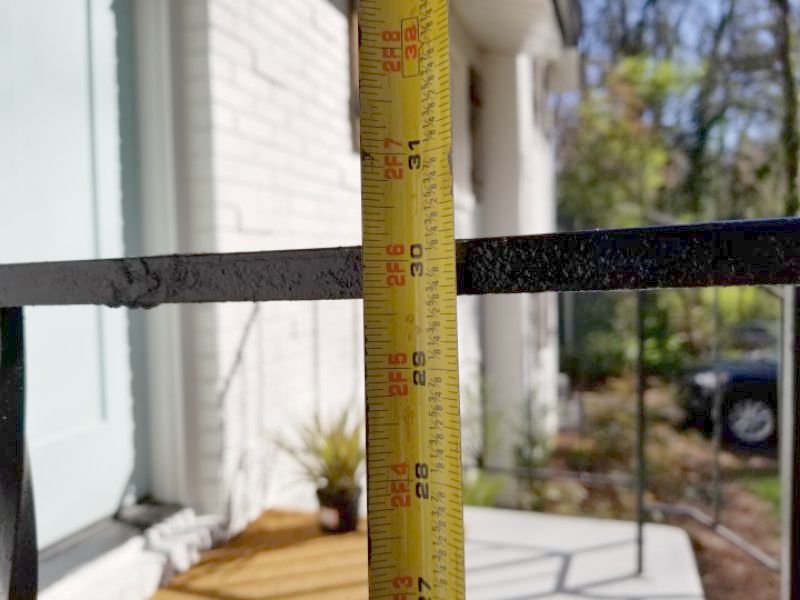
The balusters are improperly spaced at the handrail. The opening between balusters should not exceed 4″. Repair or replace the balusters.
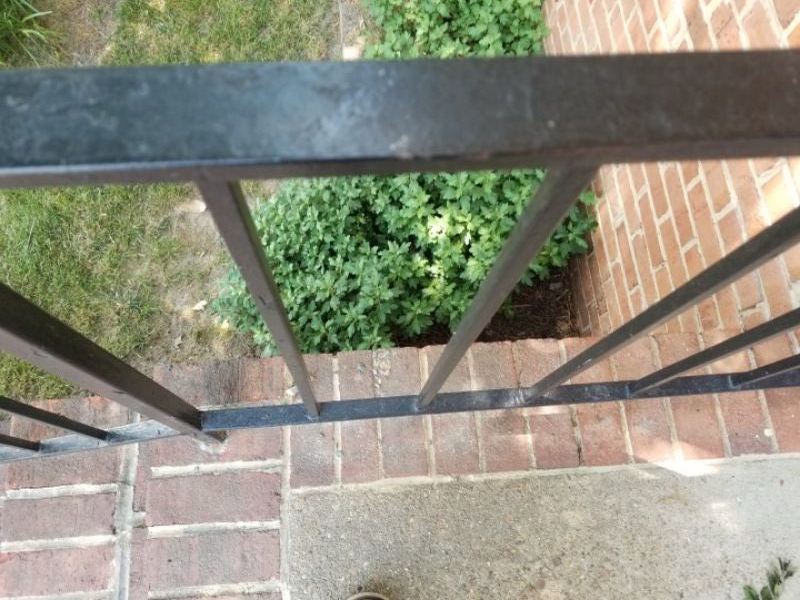

The balusters are horizontal at the guardrail. This is a safety hazard. Horizontal balusters can be used by children to climb onto the rail. Repair or replace the balusters.
